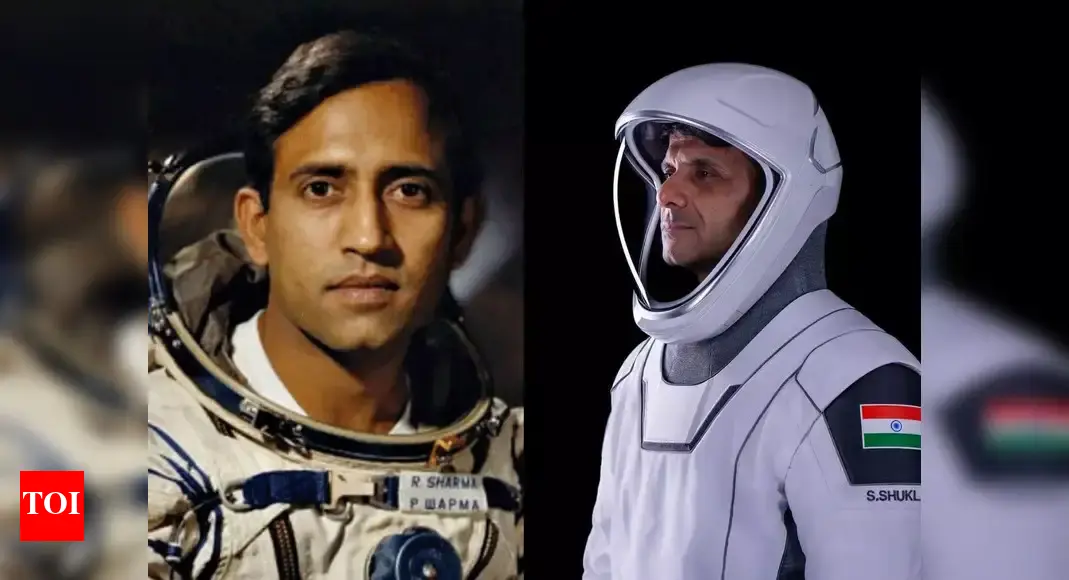
Indian in Space: A 41-year wait that won’t repeat – The Times of India
How did your country report this? Share your view in the comments.
Diverging Reports Breakdown
Indian in Space: A 41-year wait that won’t repeat
Shubhanshu Shukla is only the second Indian to travel to space. He flew as part of a Soviet mission when India lacked its own programme. But while it took over four decades for India to send another one of its own beyond the atmosphere, the next journey will not take as long. India now has a dedicated astronaut training facility in Bengaluru. This will allow future Indian astronauts to be selected, trained, and flown from home soil. Over the next two decades, India aims to build long-term human presence capabilities, develop space station modules, and implement lunar crewed missions. But those are plans for the future. What’s certain for now is that with institutional structures, flight-tested hardware, and committed investment, India’S return to space will no longer be an event separated by generations.
When Wing Commander (retd) Rakesh Sharma soared into space aboard a Soviet spacecraft in April 1984, Group Captain Shubhanshu Shukla wasn’t even born. It would be another year-and-a-half before he entered the world — by which time Sharma’s feat had already become part of the national consciousness, a story told in classrooms and remembered with pride.Now, 41 years later, Shukla has followed in his footsteps, becoming only the second Indian to travel to space. The long gap between the two milestones tells a story of shifting priorities, geopolitical turns, and the slow grind of building independent capability. But while it took over four decades for India to send another one of its own beyond the atmosphere, the next journey will not take as long.Unlike Sharma, who flew as part of a Soviet mission when India lacked its own programme, Shukla’s spaceflight is tied closely to India’s growing ambitions in human space exploration. Though Ax-4 is still international in nature, it comes at a time when the country’s own human spaceflight programme — Gaganyaan — is beginning to take concrete shape.The Indian Space Research Organisation (Isro) has already developed key technologies for crew safety, including a successful test of the crew escape system and a high-altitude abort demonstration. The first uncrewed Gaganyaan mission is planned for later this year, and more such missions will follow to test systems rigorously before humans are sent aboard.Unlike the past, when India depended on partnerships for crewed missions, the current roadmap envisages a self-reliant human spaceflight capability. Isro’s Gaganyaan is designed to carry a crew to an orbit of 400km and return them safely after a mission duration of up to seven days. Final decisions on how many crew members would go and for how many days will come later. The spacecraft will launch atop a modified version of the LVM3 rocket, which has already demonstrated its reliability in placing payloads in space.Training of astronauts will also become largely home-grown. While Sharma trained in the Soviet Union, and Shukla trained partly in the US for this mission, India now has a dedicated astronaut training facility in Bengaluru, which will be enhanced in the coming years. This will allow future Indian astronauts to be selected, trained, and flown from home soil.The broader goal extends beyond low-Earth orbit. Over the next two decades, India aims to build long-term human presence capabilities, develop space station modules, and implement lunar crewed missions.But those are plans for the future. What’s certain for now is that with institutional structures, flight-tested hardware, and committed investment, India’s return to space with its own people aboard will no longer be an event separated by generations.Shukla’s spaceflight marks the end of a long silence. The next Indian in space, it appears, won’t have to wait four decades.
